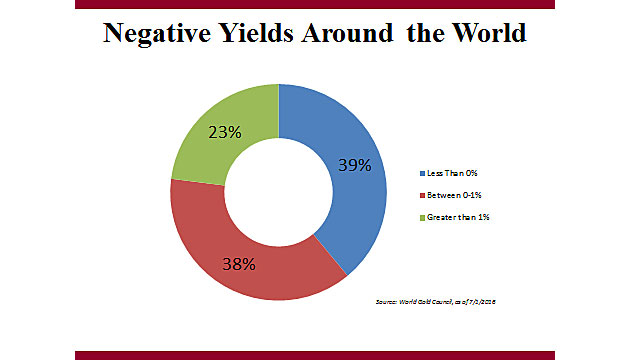Here are some comments on the causes and effects of the policies of central banks and regulation on the economy and markets, which were topics of conversation at the recent Cato Monetary Conference.  Â

The theme of this year’s conference was “Central Banks and Financial Turmoil,” the role of central banks in preventing and overcoming turmoil, as well as the role of central banks in causing such turmoil. There are always subthemes: This year, for example, the seemingly arcane debate on risk-based capital reserves—arcane but with critical implications.
Bank reserves: What is sufficient?Â
At first blush, it might make eminent sense for bank regulators to risk-base loans and require different amounts of reserve for each. However, as so often with minutely detailed regulations, there are unintended consequences. John Allison, former CEO of BB&T Bank, explained how political decisions often intrude on seemingly objective decisions. Thus, because the government was pushing mortgages to low-income people in the early part of this century, less capital was required for subprime loans than for loans to triple-A Exxon. No capital was required for Greek government debt. And so on. When an asset is regarded by banking regulators (not credit analysts) as low, investors flow to such assets, thereby making them more risky.
Thomas Hoenig, Vice Chairman of the Federal Deposit Insurance Corporation, noted that more than a century ago capital reserves for banks used to be about 50%. When the Federal Reserve was created, with the implicit lender-of-last-resort role, the level of reserves dropped, and it dropped again when the FDIC, protecting individual depositors, came in. Hoenig made the startling assertion that if banking losses today were of the same magnitude as in 2008, it would wipe out all tangible capital at U.S. banks.
Why banks are not lendingÂ
It should hardly be a surprise that when the risk is transferred to someone else, the level of reserves drops. Currently, reserves are a little over the required 10% level, although they have increased meaningfully since the 2008 credit crisis. This is not because of a fit of prudence on the part of the banking fraternity, but rather because banking regulators have made it increasingly difficult for banks to make loans, particularly to small business, while at the same time, the Fed is paying risk-free interest on bank reserves.

